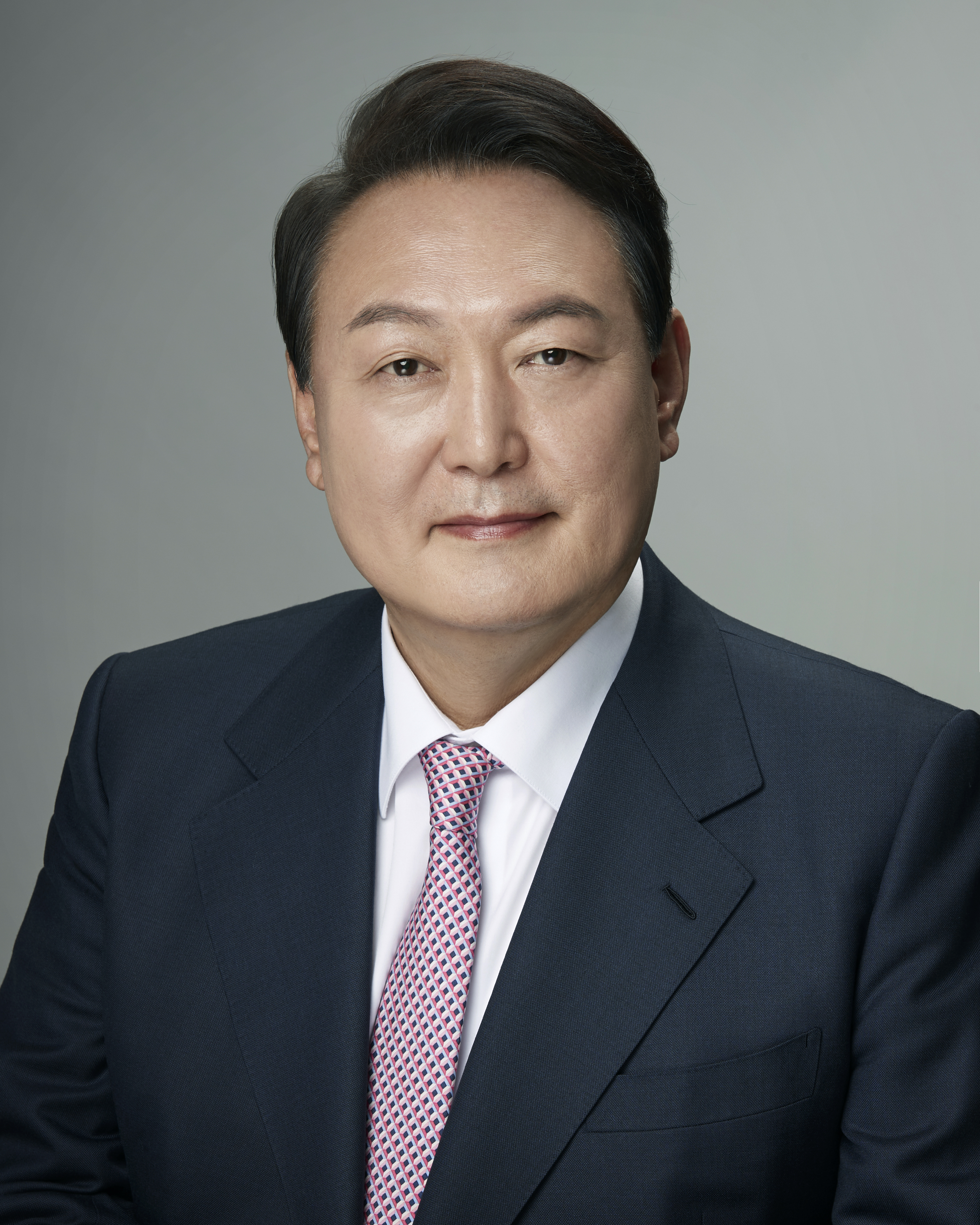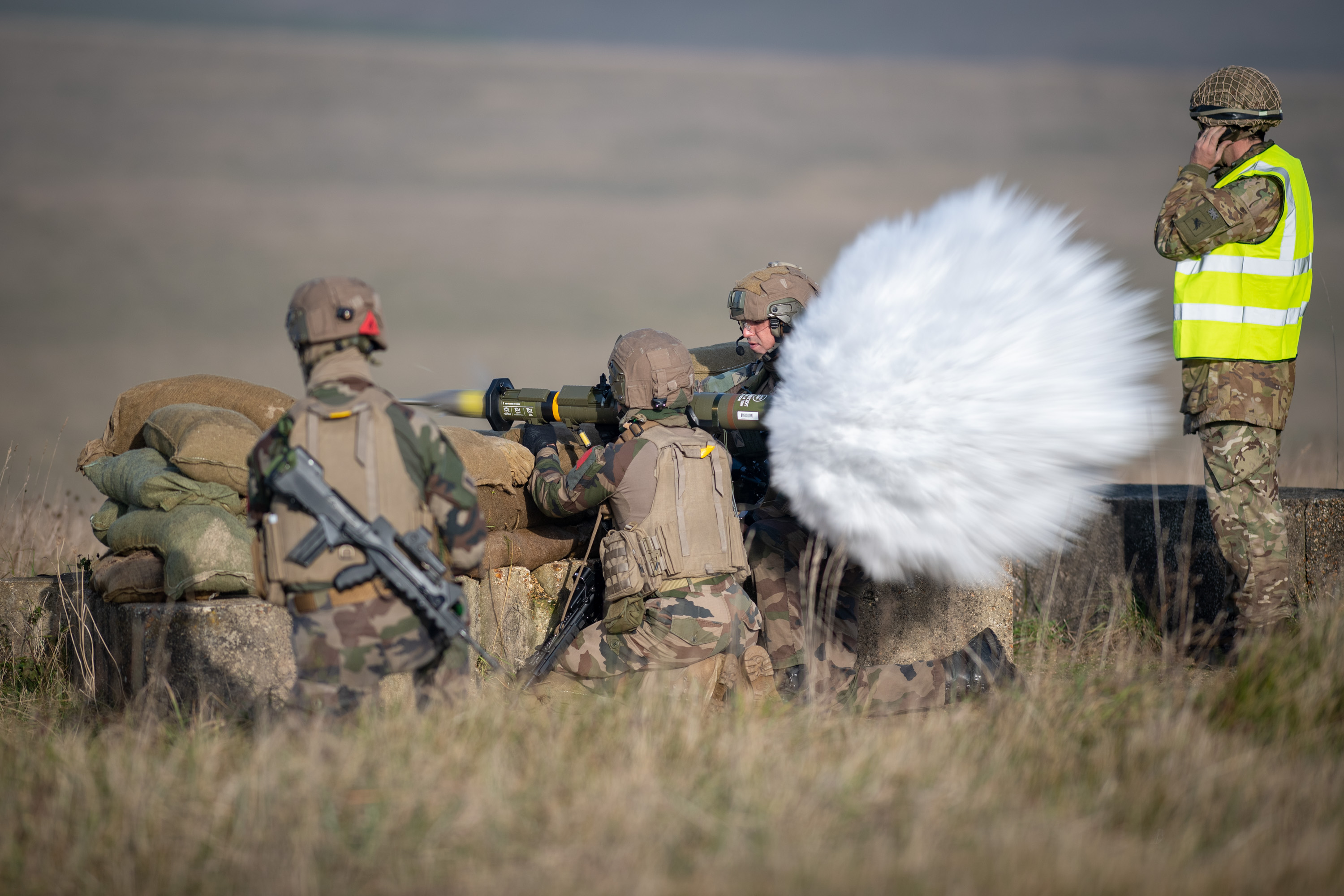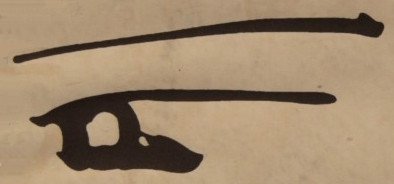|
Cheongwadae
Cheong Wa Dae (), also known as the Blue House in English, is a public park that was the former executive office and residence of the president of South Korea. Located in Seoul's Jongno District, directly behind Gyeongbokgung Palace, it served as the center of presidential administration and state receptions from 1948 until 2022. Under the presidency of Yoon Suk Yeol, it was opened to the public as a museum and urban park. Cheong Wa Dae is expected to become the presidential residence again after the presidential office is moved. Cheong Wa Dae is a complex of multiple buildings built largely in the traditional Korean architectural style with some modern architectural elements and facilities. It currently consists of the Main Office Hall ''Bon-gwan'', the Presidential Residence, the State Reception House ''Yeongbin-gwan'', the ''Chunchu-gwan'', Press Hall, the Secretariat Buildings, and other buildings and structures. The entire complex covers approximately 250,000 square ... [...More Info...] [...Related Items...] OR: [Wikipedia] [Google] [Baidu] |
Jongno District
upright=1, Bosingak bell pavilion Jongno District () is one of the 25 districts of Seoul, South Korea. It is the historic center of Seoul that contains Gyeongbokgung, the main royal palace of the Joseon dynasty, and the Blue House, the former presidential residence. Jongno District has a high concentration of historical sites, many dating back to the Goryeo period. Places like Sungkyunkwan, Gyeongbokgung, Changdeokgung, and Dongdaemun are all located within the area of the district. Etymology In Korean, the name ' Jongno' means Bell Street. The Jongno District is named after the Jongno Road, which is a major trunk road running through the center of the district. The bell in question refers to Bosingak belfry, which sits at Jonggak intersection, on Jongno Road. Description Jongno has been the center of the city for 600 years since it was where the Joseon dynasty established its capital. The district is commonly referred to as the face and heart of Korea because of its ... [...More Info...] [...Related Items...] OR: [Wikipedia] [Google] [Baidu] |
Impeachment Of Yoon Suk Yeol
On 14 December 2024, Yoon Suk Yeol, the president of South Korea, was Impeachment, impeached by the National Assembly (South Korea), National Assembly following the passing of the impeachment bill with 204 of the 300 members voting in favor. This action came in response to Yoon's 2024 South Korean martial law crisis, declaration of martial law on 3 December 2024. Prime Minister of South Korea Han Duck-soo assumed the role of acting president pending the Constitutional Court of Korea, Constitutional Court's decision on whether to accept the impeachment. Han Impeachment of Han Duck-soo, was himself impeached on 27 December 2024, and Deputy Prime Minister of South Korea, first deputy prime minister Choi Sang-mok became acting president. On 24 March 2025, Han was acquitted by the Constitutional Court and returned to the role of acting president. The court upheld the impeachment of Yoon in a unanimous 8–0 decision on 4 April 2025, removing Yoon from office. Thus, Han continued ... [...More Info...] [...Related Items...] OR: [Wikipedia] [Google] [Baidu] |
Yonhap News Agency
Yonhap News Agency (; ) is a major news agency in South Korea. It is based in Seoul, South Korea. Yonhap provides news articles, pictures, and other information to newspapers, TV networks and other media in South Korea. History Yonhap was established on 19 December 1980, through the merger of Hapdong News Agency and Orient Press. The Hapdong News Agency itself emerged in late 1945 out of the short-lived Kukje News, which had operated for two months out of the office of the Domei, the former Japanese news agency that had functioned in Korea during the Japanese Japanese colonial era. In 1999, Yonhap took over the Naewoe News Agency. Naewoe was a South Korea government-affiliated organization, created in the mid 1970s, tasked with publishing information and analysis on North Korea from a South Korean perspective through books and journals. Naewoe was known to have close links with South Korea's intelligence agency, and according to the British academic and historian James Hoar ... [...More Info...] [...Related Items...] OR: [Wikipedia] [Google] [Baidu] |
Samgaksan Mountain
Bukhansan, alternatively Pukhan-san (, ), or Bukhan Mountain, is a mountain on the northern periphery of Seoul, South Korea. There are three major peaks, Baegundae , Insubong , Mangyeongdae . Because of its height and the fact that it borders a considerable portion of the city, Bukhansan is a major landmark visible from most city districts. The name "Bukhansan" means "mountain north of Han River", referring to the fact that it is the northern border of the city. During the Joseon era, the peaks marked the extreme northern boundary of Seoul. Bukhansan is the highest mountain within Seoul boundaries. Apart from Bukhansan, there are seven other mountains including Dobongsan and Suraksan that are over 600 metres high within the city. Popular throughout the year, Bukhansan, and Bukhansan National Park, which was formed in 1983, are renowned for birdwatching, hiking and rockclimbing. Bukhansan attracts a large number of hikers; around 5 million per year. Name Since 2002 there has ... [...More Info...] [...Related Items...] OR: [Wikipedia] [Google] [Baidu] |
Military Education And Training
Military education and training is a process which intends to establish and improve the capabilities of military Military personnel, personnel in their respective roles. Military training may be voluntary or compulsory duty. It begins with recruit training, proceeds to education and training specific to military roles, and sometimes includes additional training during a military career. Directing staff are the military personnel who comprise the instructional staff at a military training institution. In some countries, military education and training are parts of the compulsory education. The organizers believe that military education can bring some benefits and experiences that cannot be obtained from normal class like setback education. Moreover, participants are able to learn survival skills during the military education, like co-operations and resilience, which help participants improve the capabilities of military personnel in their respective roles. Recruit training T ... [...More Info...] [...Related Items...] OR: [Wikipedia] [Google] [Baidu] |
Taejo Of Joseon
Taejo (; 4 November 1335 – 27 June 1408), personal name Yi Seong-gye (), later Yi Dan (), was the founder and first monarch of the Joseon dynasty of Korea. After overthrowing the Goryeo dynasty, he ascended to the throne in 1392 and abdicated six years later during a strife between his sons. He was honored as Emperor Go () following the establishment of the Korean Empire. Taejo emphasized continuity over change. No new institutions were created, and no massive purges occurred during his reign. His new dynasty was largely dominated by the same ruling families and officials that had served the previous regime. He re-established amicable ties with Japan and improved relations with Ming dynasty, Ming China. Biography Early life The future King Taejo was born in Ssangseong Prefecture on the frontiers of the Yuan dynasty. Taejo's father was Yi Cha-ch'un, an official of Korean ethnicity serving the Mongols, Mongol-led Yuan. His mother, Queen Uihye, Lady Ch'oe, came from a famil ... [...More Info...] [...Related Items...] OR: [Wikipedia] [Google] [Baidu] |
Gyeongbokgung
Gyeongbokgung () is a former royal palace in Seoul, South Korea. Established in 1395, it was the first royal palace of the Joseon dynasty, and is now one of the most significant tourist attractions in the country. The palace was among the first landmarks to be established in Seoul. It flourished under the 1418–1450 reign of Sejong the Great. With assistance from various government offices, Sejong invented the native Korean script Hangul at the palace. In 1592, amidst the Imjin War, the palace was completely burned down. Plans to repair the palace fell through amidst funding shortages after the war. It would not be restored until the late 19th century, during the reign of the penultimate monarch Gojong. In 1910, Japan colonized Korea. As the palace was a symbol of the Korean monarchy's authority, Japan systematically demolished and altered it. Almost all of its around 500 structures were sold off and shipped elsewhere. In their place, modern-style buildings like the Governme ... [...More Info...] [...Related Items...] OR: [Wikipedia] [Google] [Baidu] |
Korean Peninsula
Korea is a peninsular region in East Asia consisting of the Korean Peninsula, Jeju Island, and smaller islands. Since the end of World War II in 1945, it has been politically divided at or near the 38th parallel between North Korea (Democratic People's Republic of Korea; DPRK) and South Korea (Republic of Korea; ROK). Both countries proclaimed independence in 1948, and the two countries fought the Korean War from 1950 to 1953. The region is bordered by China to the north and Russia to the northeast, across the Amnok (Yalu) and Duman (Tumen) rivers, and is separated from Japan to the southeast by the Korea Strait. Known human habitation of the Korean peninsula dates to 40,000 BC. The kingdom of Gojoseon, which according to tradition was founded in 2333 BC, fell to the Han dynasty in 108 BC. It was followed by the Three Kingdoms period, in which Korea was divided into Goguryeo, Baekje, and Silla. In 668 AD, Silla conquered Baekje and Goguryeo with the aid of the Tang dy ... [...More Info...] [...Related Items...] OR: [Wikipedia] [Google] [Baidu] |
Gyeongju
Gyeongju (, ), historically known as Seorabeol (, ), is a coastal city in the far southeastern corner of North Gyeongsang Province, South Korea. It is the second largest city by area in the province after Andong, covering with a population of 264,091 people . Gyeongju is southeast of Seoul, and east of Daegu. The city borders Cheongdo and Yeongcheon to the west, Ulsan to the south and Pohang to the north, while to the east lies the coast of the Sea of Japan. Numerous low mountains—outliers of the Taebaek Mountains, Taebaek range—are scattered around the city. Gyeongju was the capital of the ancient kingdom of Silla (57 BC – 935 AD), which ruled about two-thirds of the Korean peninsula at its height between the 7th and 9th centuries, for close to one thousand years. Later Silla was a prosperous and wealthy country, and Gyeongju was the fourth largest city in the world. A vast number of archaeological sites and cultural properties from this period remain in the city. Gye ... [...More Info...] [...Related Items...] OR: [Wikipedia] [Google] [Baidu] |
Pyongyang
Pyongyang () is the Capital city, capital and largest city of North Korea, where it is sometimes labeled as the "Capital of the Revolution" (). Pyongyang is located on the Taedong River about upstream from its mouth on the Yellow Sea. According to the 2008 population census, it has a population of 3,255,288. Pyongyang is a Special cities of North Korea, directly administered city () with a status equal to that of the Provinces of North Korea, North Korean provinces. Pyongyang is one of the oldest cities in Korea. It was the capital of two ancient Korean kingdoms, Gojoseon and Goguryeo, and served as the secondary capital of Goryeo. Following the establishment of North Korea in 1948, Pyongyang became its ''de facto'' capital. The city was again devastated during the Korean War, but was quickly rebuilt after the war with Soviet Union, Soviet assistance. Pyongyang is the political, industrial and transport center of North Korea. It is estimated that 99% of those living in Pyongy ... [...More Info...] [...Related Items...] OR: [Wikipedia] [Google] [Baidu] |
Kaesong
Kaesong (, ; ) is a special city in the southern part of North Korea (formerly in North Hwanghae Province), and the capital of Korea during the Taebong kingdom and subsequent Goryeo dynasty. The city is near the Kaesong Industrial Region close to the border with South Korea and contains the remains of the Manwoldae palace. Called Songdo while it was the ancient capital of Goryeo, the city prospered as a trade centre that produced Korean ginseng. Kaesong now functions as North Korea's light industry centre. During the Japanese occupation from 1910 to 1945, the city was known by the Japanese pronunciation of its name, "Kaijō". Between 1945 and 1950, Kaesong was part of South Korea and under its control. During the Korean War, North Korea captured the city, and the 1953 Korean Armistice Agreement left the city under North Korean control. Due to the city's proximity to the border with South Korea, Kaesong has hosted cross-border economic exchanges between the two countrie ... [...More Info...] [...Related Items...] OR: [Wikipedia] [Google] [Baidu] |








